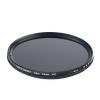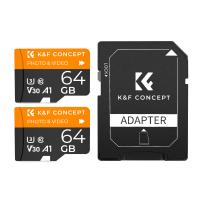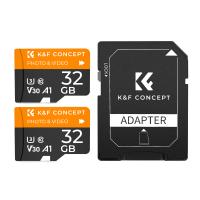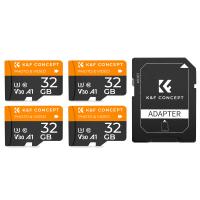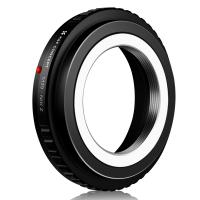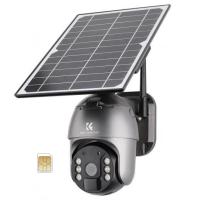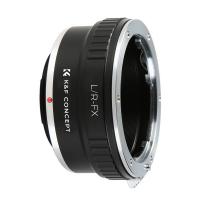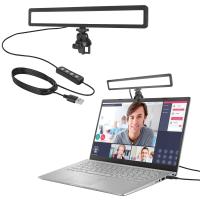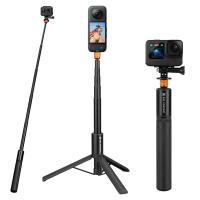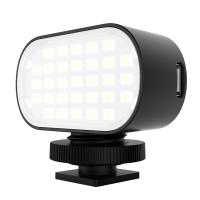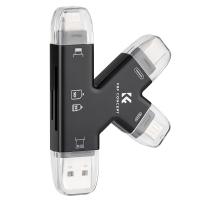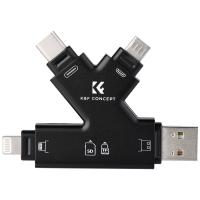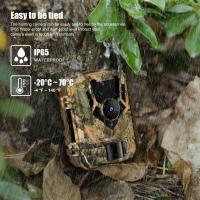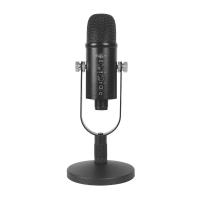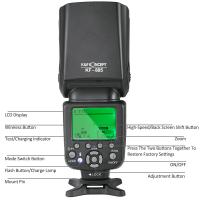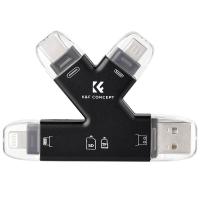How To View Sd Card On Android Tablet?
Navigating the world of technology and gadgets can sometimes be a daunting task, especially for those who might not be as tech-savvy. One common query among Android tablet users revolves around accessing the contents of an SD card. Whether you're looking to transfer files, view photos, or manage storage, understanding how to view an SD card on your Android tablet is crucial. This article will walk you through the steps, tools, and tips to seamlessly navigate this process.
Understanding the Basics
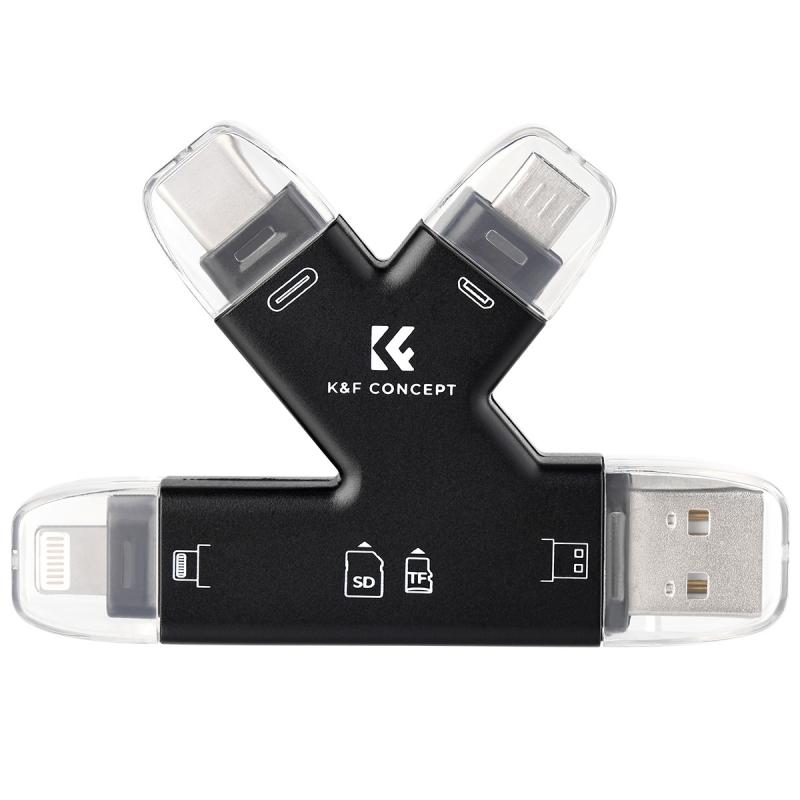
What is an SD Card?
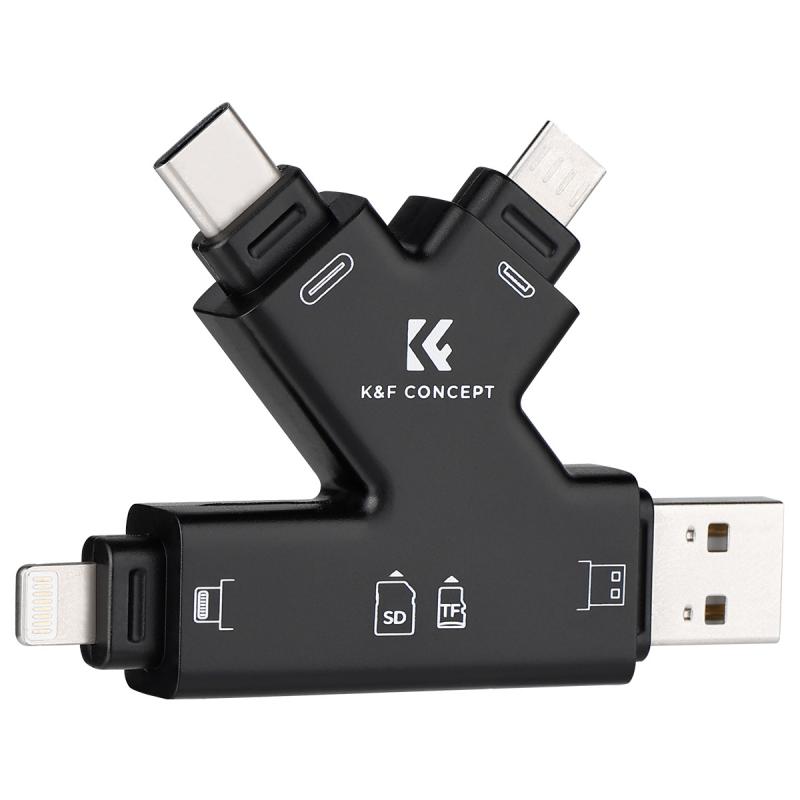
An SD (Secure Digital) card is a removable storage device used to save and transfer data between devices like cameras, smartphones, tablets, and computers. They come in various capacities, speeds, and sizes (the most common being MicroSD used in smartphones and tablets).
Why Use an SD Card?

SD cards are a convenient way to expand the storage capacity of your Android tablet without spending a lot of money. They are particularly useful for storing large files such as videos, photos, and applications, thus freeing up the internal storage of your device.
Step-by-Step Guide to View an SD Card on an Android Tablet
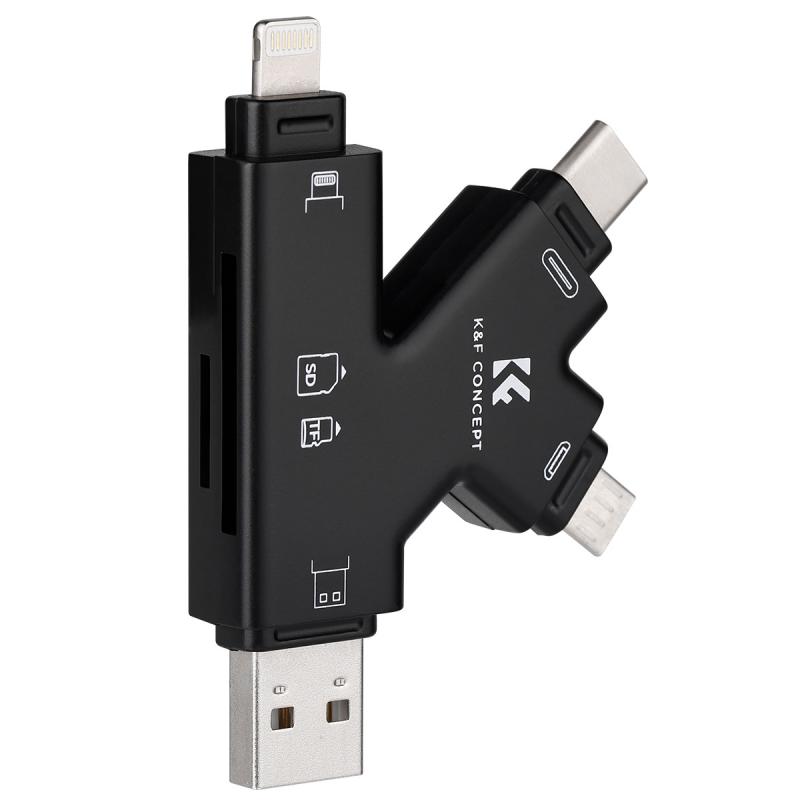
Step 1: Ensure Compatibility
Before proceeding, ensure that your Android tablet supports SD cards. Most modern tablets do support them, but it's always best to check the user manual or the manufacturer's website for specifications.
Step 2: Insert the SD Card
1. Power Off Your Tablet: For safety and to prevent data corruption, it's advisable to turn off your tablet before inserting or removing the SD card.
2. Locate the SD Card Slot: Typically, this will be a small slot on the side of your tablet. It might be covered by a flap or need a SIM tool to access.
3. Insert the Card: Gently insert the SD card into the slot until it clicks into place. Be mindful of the orientation—there's usually a tiny diagram near the slot to guide you.
4. Power On Your Tablet: Turn your device back on to recognize the newly inserted SD card.
Step 3: Access the SD Card via Settings
1. Open Settings: Tap the settings icon on your home screen or app drawer.
2. Navigate to Storage: Scroll down and find the 'Storage' option under the settings menu.
3. Locate SD Card: Here, you should see your SD card listed along with details like total capacity and space used. Tapping on it may give you additional options such as 'Format as Internal' or 'Eject'.
Step 4: Use a File Manager App
If you want to manage files on your SD card or view its contents, you'll need a file manager app. Most Android tablets come with a pre-installed file manager, but if yours doesn’t or you prefer an alternative, here are popular options:
1. Google Files
2. ES File Explorer
3. Solid Explorer
4. File Manager HD
Here's how to use the file manager:
1. Open the File Manager App: Launch the app from your home screen or app drawer.
2. Grant Permissions: You might need to grant storage permissions the first time you use it.
3. Access SD Card: Look for an option that says 'SD Card' or 'External Storage'. Tap on it to view all the files and folders on your SD card.
Step 5: Viewing and Managing Files
Once you have accessed your SD card through the file manager, you can browse folders, open files, and perform actions such as copying, moving, renaming, or deleting.
Best Practices for SD Card Use
Formatting
Before using a new SD card, it's often a good idea to format it. This ensures compatibility and optimal performance.
1. Backup Data: Formatting will erase everything on the card, so make sure to back up any crucial files.
2. Format via Settings or File Manager: Both your device's settings and most file manager apps offer the option to format an SD card.
Ejecting Safely
Improper removal of an SD card can lead to data corruption. Always eject the card safely via the settings menu or file manager app before physically removing it.
Regular Maintenance
Periodically check your SD card for potential errors. Some file manager apps or your tablet's settings menu may have options for error-checking and repair.
Troubleshooting Common Issues
SD Card Not Recognized
If your tablet does not recognize the SD card:
1. Ensure Proper Insertion: Make sure the card is fully inserted in the correct orientation.
2. Try Another Device: Insert the SD card into another device to determine if the issue lies with the card or the tablet.
3. Check for Damage: Inspect the card for any visible signs of damage.
Data Corruption
Data on SD cards can become corrupted due to improper ejection or faulty hardware. To mitigate this risk, always eject the card safely and consider using higher-endurance SD cards for critical data.
Insufficient Permissions
If you're unable to view or manage files, ensure that the file manager app has the necessary permissions to access external storage. You can verify and modify app permissions through the settings menu under 'Apps & notifications'.
Accessing and managing an SD card on an Android tablet may seem complicated at first, but following these steps can make the process straightforward and efficient. By ensuring compatibility, using the right tools, and following best practices, you can seamlessly expand your device's storage and enhance its functionality.
In today's digital age, keeping our devices performing optimally and organized is key. Whether you're a casual user wanting to store more photos or a professional needing extra space for work files, understanding how to view and manage an SD card on your Android tablet is an essential skill that can save you time and improve your device's efficiency.

